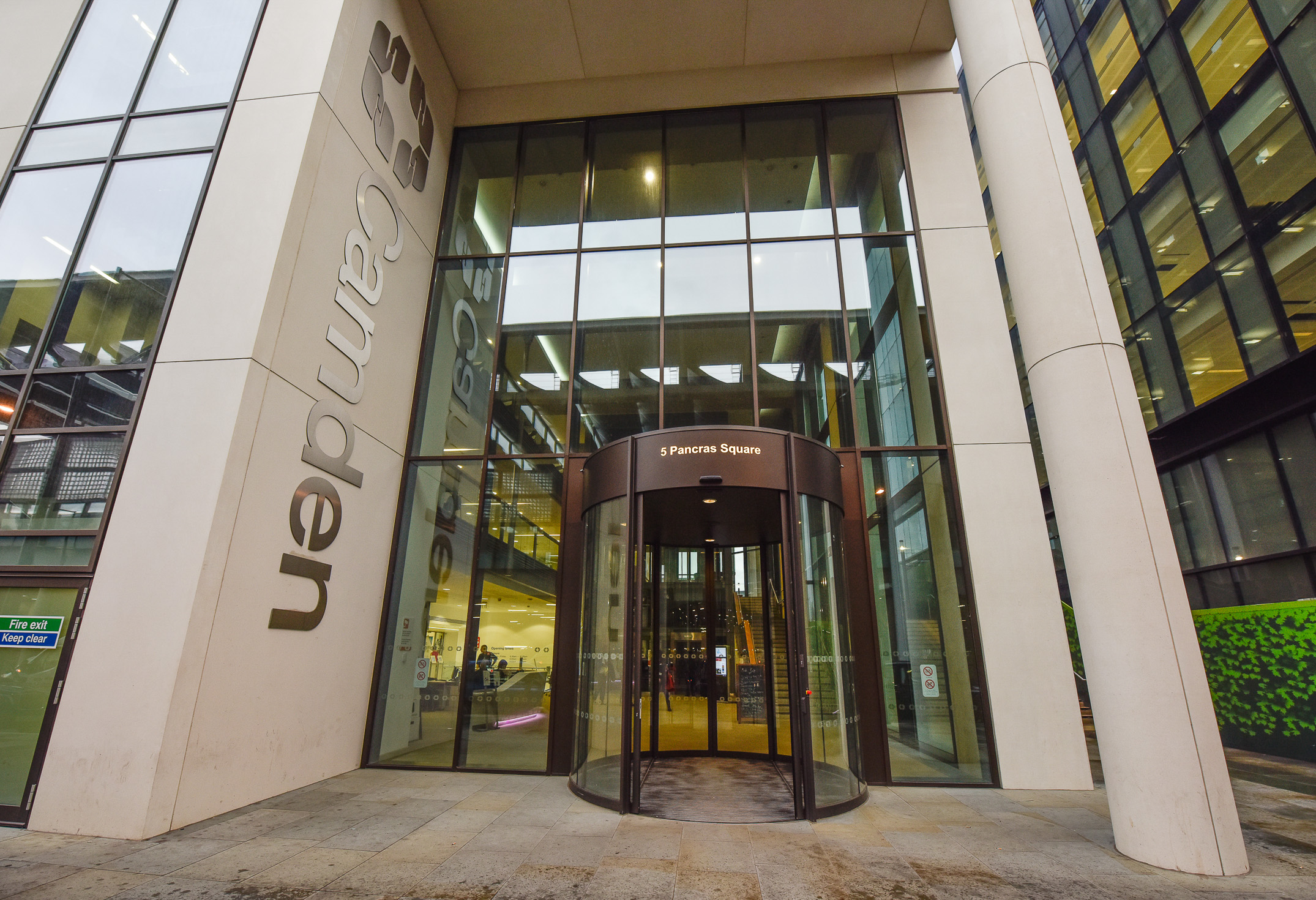
The London Borough of Camden is investing in IBM’s Big Data Analytics to create a ‘Residents Index’ database.
The database will match key information from 16 different data sets across council services into one easy to manage database.
The aim is to reduce crime and to save time and money in the long term, by helping to identify issues with debt collection, illegal subletting and preventing school admissions fraud.
The Borough is faced with making savings of £70 million by 2017. By using the IBM system, the savings that can be made from identifying subletting and housing fraud alone could save the council £3.4 million.
One of the benefits of unifying all this data is that Camden will get a total view of all data, without separation between departments, meaning that people can be more easily matched with their records in different departments.
Theo Blackwell, Camden Councillor, said: "Big Data is revolutionising the way we work across the borough, reducing crime and saving money just when public services are facing huge funding cuts.
"Take School admission fraud; parents complain about people gaming the system by pretending to reside in the borough to get their kids into the most sought-after schools.
"Now with the Residents Index in place, Council staff can carry out detailed checks and identify previously hidden discrepancies in the information supplied to the Council to prove residency. We have already withdrawn five school places from fraudulent applicants making sure that school places fairly go to those who are entitled to them."
The Residents Index contains over 1 million relevant records having been developed to meet strict data protection requirements for safeguarding children, the elderly and other vulnerable groups.
Camden worked with IBM’s business partners SCISYS and Entity to develop and deploy the index, with the implementation completed in three months.
The company has additionally been working with Clear Returns, a company which uses Big Data and analytics to help retailers to predict and understand the impact of returns.
By implementing the predictive analytics approach, the company identified that £415k in savings could be made by removing the top 10% of "toxic" frequently returned items from active promotion.
Vicky Brock, CEO, Clear Returns, said: "Today, the true point of sale isn’t the retailer’s website, it’s the customer’s home, where they decide whether they actually want the products they ordered. So retailers need to get much more intelligent about the way they handle returns, and we see predictive analytics as a key tool in providing that intelligence."






